Martian Chiaroscuro : Deep Shadows Create Dramatic Contrasts Between Light And Dark In This High-resolution

Martian Chiaroscuro : Deep shadows create dramatic contrasts between light and dark in this high-resolution close-up of the martian surface. Recorded on January 24, 2014 by the HiRISE camera on board the Mars Reconnaissance Orbiter, the scene spans about 1.5 kilometers. From 250 kilometers above the Red Planet the camera is looking down at a sand dune field in a southern highlands crater. Captured when the Sun was about 5 degrees above the local horizon, only the dune crests were caught in full sunlight. A long, cold winter was coming to the southern hemisphere and bright ridges of seasonal frost line the martian dunes. The Mars Reconnaissance Orbiter, one of the oldest operating spacecraft at the Red Planet, celebrated the 15th anniversary of its launch from planet Earth on August 12. via NASA
More Posts from Eggxecutive-dysfunction and Others

Elsa. Värmland, Sweden (April 24, 2022).

Emily Sutton


caramel, teh hoomin says we is late to the FIMCH FLYDAY!
caramel, did u puts the hoomin in charge?
no, marshmallow, no i didnts
i didnts thing so
Let’s do a Wild Hunt larp where we kidnap Jeff Bezos and release him in the forest and then give all the larpers (who are amazon employees) weird masks and motorbikes painted to look like fucked up horses and wolves.
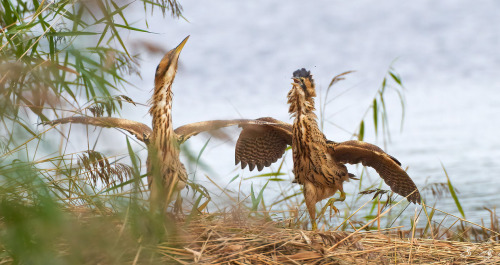
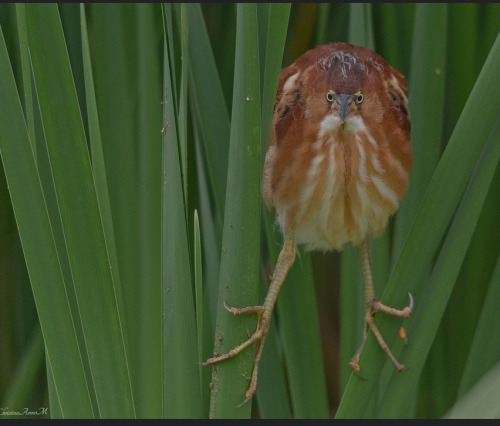
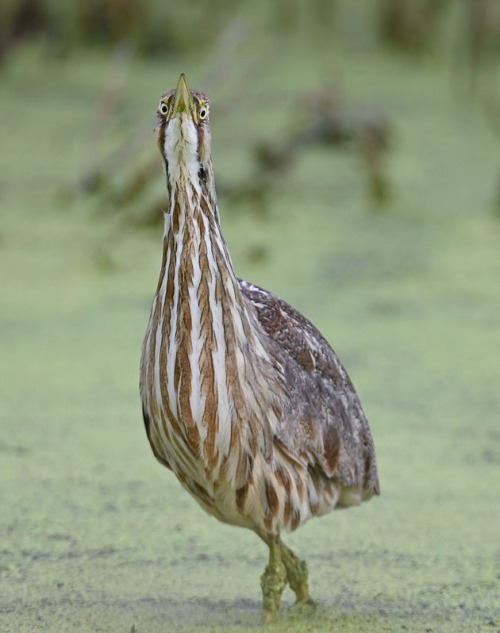
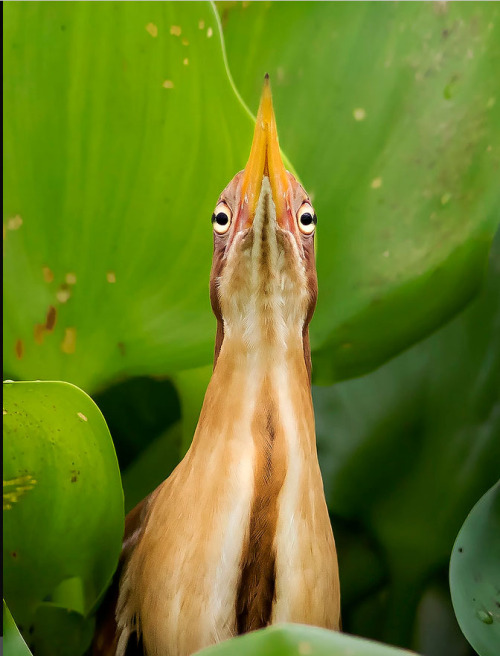
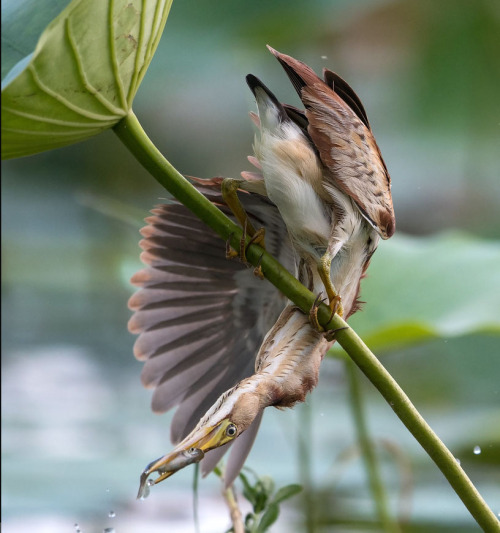

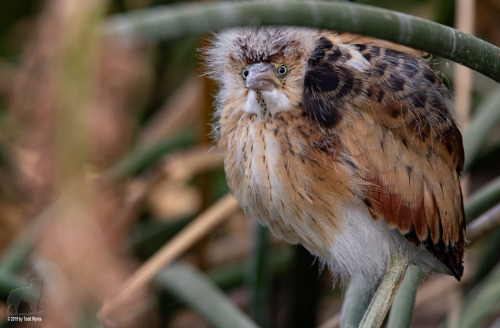
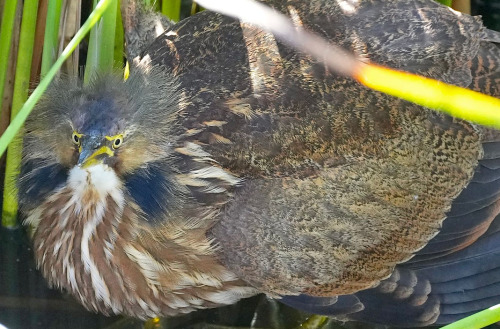
IT’S A BITTERN APPRECIATION POST
Sources & Species in order below!
Fun with Bittern by Richard Pittam - Eurasian Bittern (Botaurus stellaris)
Face to face with a juvenile Least Bittern by ChristinaAnne.M - Least Bittern (Ixobrychus exilis)
American Bittern by Flora to Fauna - American Bittern (Botaurus lentiginosus)
Cinnamon bittern by Shafaet Alam Abir - Cinnamon Bittern (Ixobrychus cinnamomeus)
Heads or Tails? by Peter Brannon - Least Bittern (Ixobrychus exilis)
American Bittern juvenile by Michael W Potter - American Bittern (Botaurus lentiginosus)
American bittern a bit threatened by white egret by Pamela Viale - American Bittern (Botaurus lentiginosus)
just came up with a really good 4 word cooking horror story but idk if you guys are ready for it


American Crow - ML201955231, Daniel Jimenez

Saturn and Jupiter in Summer 2020 : During this northern summer Saturn and Jupiter were both near opposition, opposite the Sun in planet Earth’s sky. Their paired retrograde motion, seen about every 20 years, is followed from 19 June through 28 August in this panoramic composite as they wander together between the stars in western Capricornus and eastern Sagittarius. But this December’s skies find them drawing even closer together. Jupiter and Saturn are now close, bright celestial beacons in the west after sunset. On solstice day December 21 they will reach their magnificent 20 year Great Conjunction. Then the two largest worlds in the Solar System will appear in Earth’s sky separated by only about 1/5 the apparent diameter of a Full Moon. via NASA

Antares, Fire Dust

Recycling Cassiopeia A : Massive stars in our Milky Way Galaxy live spectacular lives. Collapsing from vast cosmic clouds, their nuclear furnaces ignite and create heavy elements in their cores. After a few million years, the enriched material is blasted back into interstellar space where star formation can begin anew. The expanding debris cloud known as Cassiopeia A is an example of this final phase of the stellar life cycle. Light from the explosion which created this supernova remnant would have been first seen in planet Earth’s sky about 350 years ago, although it took that light about 11,000 years to reach us. This false-color image, composed of X-ray and optical image data from the Chandra X-ray Observatory and Hubble Space Telescope, shows the still hot filaments and knots in the remnant. It spans about 30 light-years at the estimated distance of Cassiopeia A. High-energy X-ray emission from specific elements has been color coded, silicon in red, sulfur in yellow, calcium in green and iron in purple, to help astronomers explore the recycling of our galaxy’s star stuff. Still expanding, the outer blast wave is seen in blue hues. The bright speck near the center is a neutron star, the incredibly dense, collapsed remains of the massive stellar core. via NASA
-
 hyperinocentkinky reblogged this · 2 years ago
hyperinocentkinky reblogged this · 2 years ago -
 james-silenthill liked this · 2 years ago
james-silenthill liked this · 2 years ago -
 crownedscribe liked this · 2 years ago
crownedscribe liked this · 2 years ago -
 thegeminisage reblogged this · 2 years ago
thegeminisage reblogged this · 2 years ago -
 jaqobis liked this · 2 years ago
jaqobis liked this · 2 years ago -
 starforms reblogged this · 2 years ago
starforms reblogged this · 2 years ago -
 lesbianalanwake reblogged this · 2 years ago
lesbianalanwake reblogged this · 2 years ago -
 ptahtatenen liked this · 3 years ago
ptahtatenen liked this · 3 years ago -
 ptahtatenen reblogged this · 3 years ago
ptahtatenen reblogged this · 3 years ago -
 nvlliusinverba liked this · 3 years ago
nvlliusinverba liked this · 3 years ago -
 necrodykes reblogged this · 3 years ago
necrodykes reblogged this · 3 years ago -
 pipuisci reblogged this · 3 years ago
pipuisci reblogged this · 3 years ago -
 misteerie reblogged this · 3 years ago
misteerie reblogged this · 3 years ago -
 byrneing liked this · 3 years ago
byrneing liked this · 3 years ago -
 pozhar reblogged this · 3 years ago
pozhar reblogged this · 3 years ago -
 oatmilkappreciator liked this · 3 years ago
oatmilkappreciator liked this · 3 years ago -
 antisisyphus reblogged this · 3 years ago
antisisyphus reblogged this · 3 years ago -
 peachtartss liked this · 3 years ago
peachtartss liked this · 3 years ago -
 ladyliliah reblogged this · 3 years ago
ladyliliah reblogged this · 3 years ago -
 marvdam reblogged this · 3 years ago
marvdam reblogged this · 3 years ago -
 marvdam liked this · 3 years ago
marvdam liked this · 3 years ago -
 phantomunmasked reblogged this · 3 years ago
phantomunmasked reblogged this · 3 years ago -
 phantomunmasked liked this · 3 years ago
phantomunmasked liked this · 3 years ago -
 nomencllature liked this · 3 years ago
nomencllature liked this · 3 years ago -
 darlingsweetprince reblogged this · 3 years ago
darlingsweetprince reblogged this · 3 years ago -
 moriemur reblogged this · 3 years ago
moriemur reblogged this · 3 years ago -
 eldritchhermitsir reblogged this · 3 years ago
eldritchhermitsir reblogged this · 3 years ago -
 out-one liked this · 3 years ago
out-one liked this · 3 years ago -
 wraeph liked this · 3 years ago
wraeph liked this · 3 years ago -
 mortallyinstantluminary liked this · 3 years ago
mortallyinstantluminary liked this · 3 years ago -
 etceterodactyl reblogged this · 3 years ago
etceterodactyl reblogged this · 3 years ago -
 areolafifty1 reblogged this · 3 years ago
areolafifty1 reblogged this · 3 years ago -
 charlottevero liked this · 3 years ago
charlottevero liked this · 3 years ago -
 botryoidal reblogged this · 3 years ago
botryoidal reblogged this · 3 years ago -
 the-nuclear-chaos reblogged this · 3 years ago
the-nuclear-chaos reblogged this · 3 years ago -
 jfictitional liked this · 3 years ago
jfictitional liked this · 3 years ago -
 fleetofwarships liked this · 3 years ago
fleetofwarships liked this · 3 years ago -
 inevitablysummer reblogged this · 3 years ago
inevitablysummer reblogged this · 3 years ago -
 o-blivia reblogged this · 3 years ago
o-blivia reblogged this · 3 years ago -
 exploringspace reblogged this · 3 years ago
exploringspace reblogged this · 3 years ago -
 exploringspace liked this · 3 years ago
exploringspace liked this · 3 years ago -
 itsdhere reblogged this · 3 years ago
itsdhere reblogged this · 3 years ago -
 slagaflaga reblogged this · 3 years ago
slagaflaga reblogged this · 3 years ago
